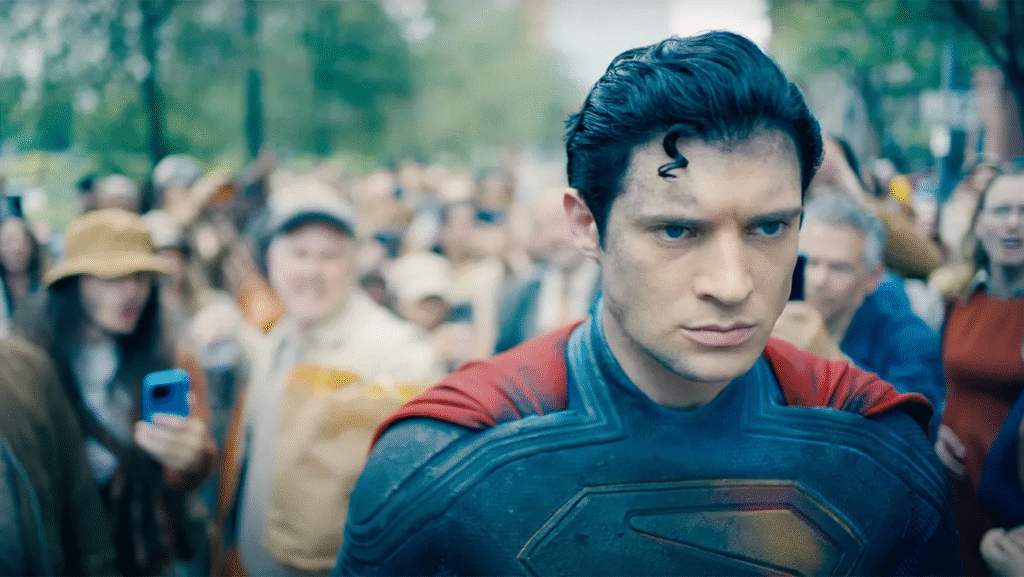Superman may fly faster than a speeding bullet, but even he can’t outrun the weight of a storyline packed with too many complications. The latest Superman film lands in a cinematic landscape crowded with expectations, fan theories, and the looming question: will new and younger audiences appreciate it?
Superhero movies once thrived on clarity—a hero, a villain, and a city in peril. Today, these films juggle competing tones, political allegories, and an endless parade of supporting characters, all while trying to keep the capes looking sharp. Superman’s journey from hopeful outsider to divided icon is now as much about the story’s structure as it is about the man in the cape himself. The franchise’s creative leaders seem determined to address every previous critique, from calls for more humanity to demands for comic-book accuracy, sometimes sacrificing narrative cohesion in the process.
Subplots now teem in every corner of the screen. In the new Superman, there’s the not-so-subtle immigration metaphor, the battle with a cartoonish archvillain, and an international conflict that tips its hat to real-world geopolitics. Meanwhile, gags and callbacks attempt to pacify fans who cherish the comics, while also courting those craving modern self-awareness. The risk is obvious: in trying to satisfy every audience, the story blunts its emotional impact for all of them. Instead of a singular mission, viewers are handed a stack of themes and side shows to interpret, sometimes all at once.
For new and younger audiences, especially those less invested in Superman’s mythos, this crowded approach can be overwhelming. The central question of who Superman is—an immigrant, a saviour, a flawed figure—is drowned out by a cacophony of subplots and punchlines. The pacing stumbles as the film jumps between earnest moral debates, glossy action sequences, and moments of attempted levity that feel more like nods to internet discourse than genuine storytelling.
This is not to dismiss the creative ambition at play. There’s an obvious drive to offer something for everyone, and the technical achievements are striking. Yet, storytelling thrives on focus. When every aspect of a film demands attention with equal urgency, the audience is left searching for a thread to follow. Superman, a hero born in simplicity and hope, risks becoming a case study in how too many competing priorities can sap the story of its heart.
For all their spectacle, superhero movies now face a simple truth: younger viewers, raised on media that prizes authenticity and coherence, may not stick around if the narrative can’t decide what it wants to be. If studios hope to keep these audiences engaged, they must remember that less can indeed be more. The future of the genre may depend not on how many subplots can be squeezed into a script, but on how clearly a single, resonant story can be told.
Will you be going to see the newest Superman reboot?

